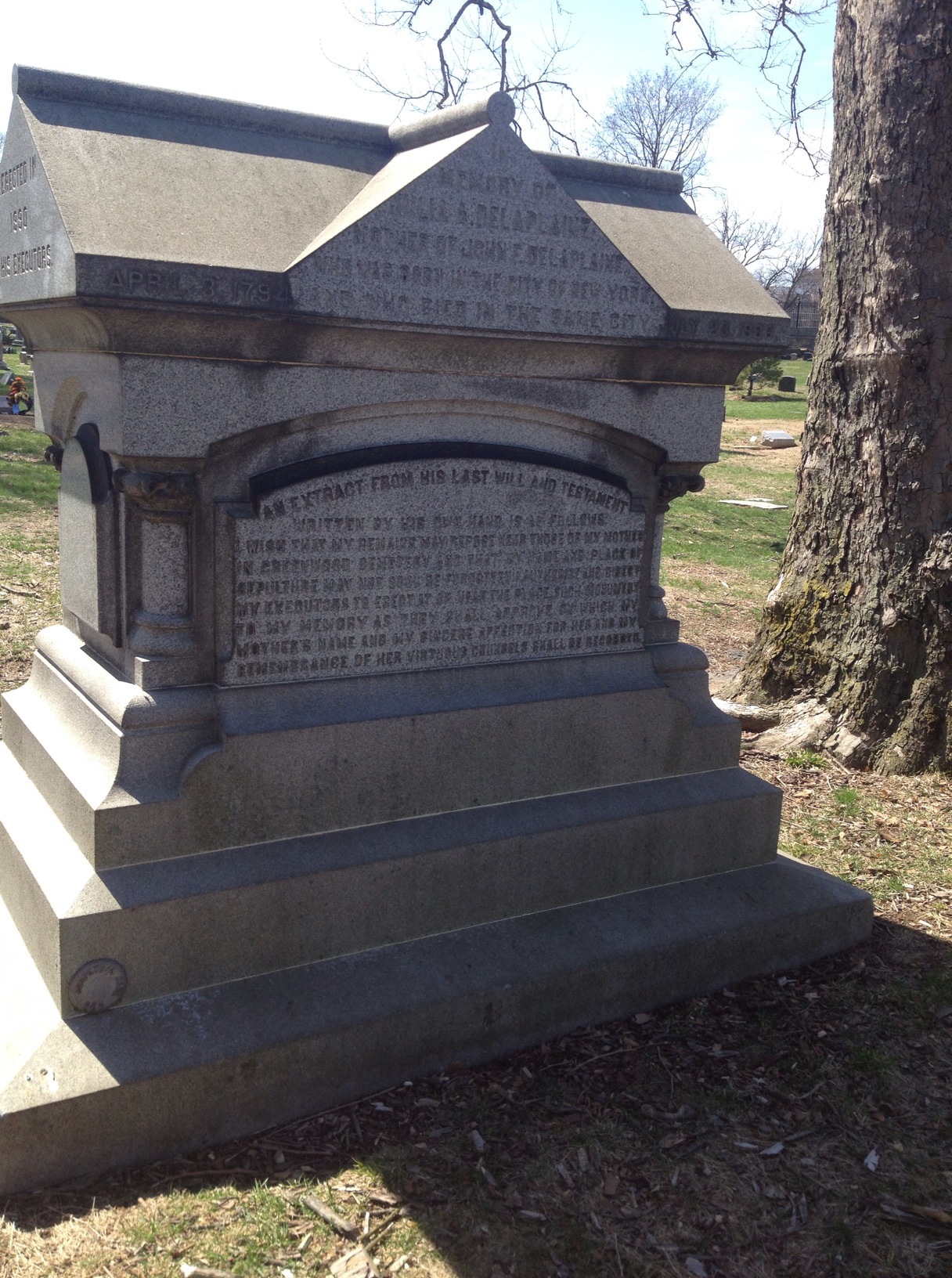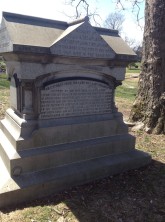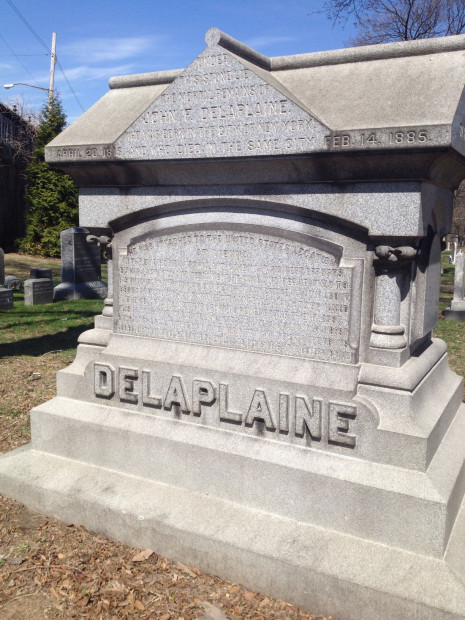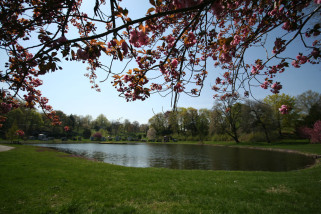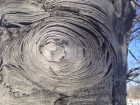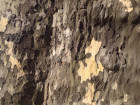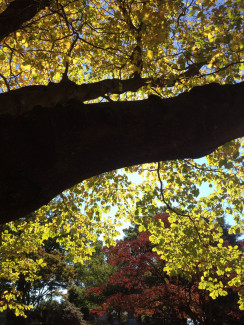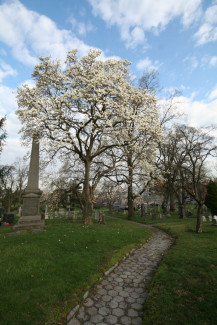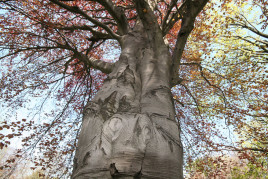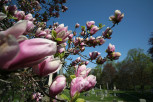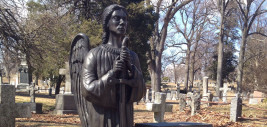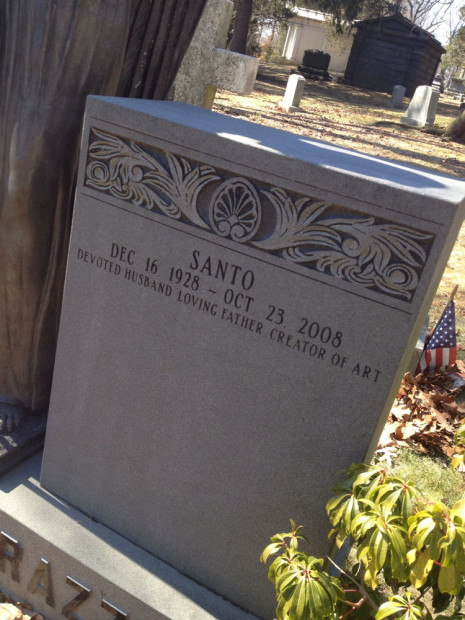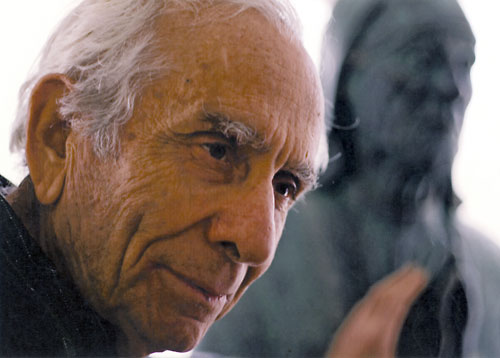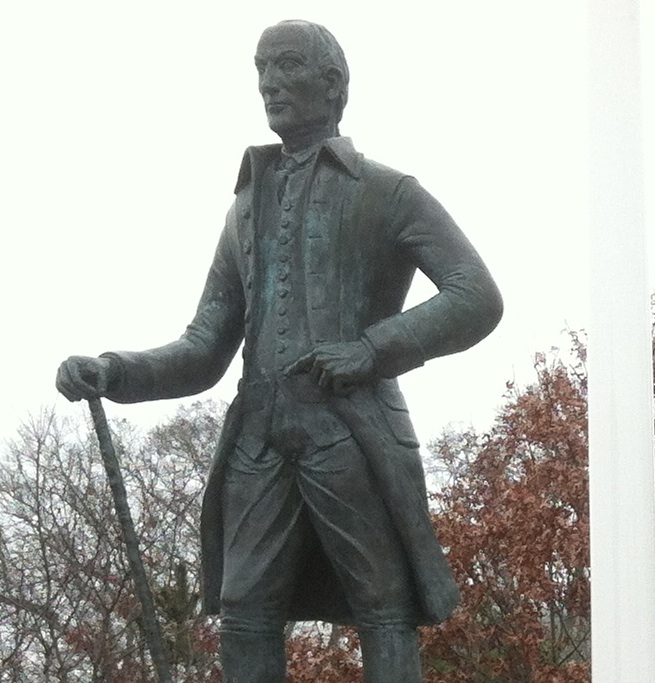John F. Delaplaine held the title of the Secretary of the American Legation in Vienna for many years. This legation was first established in 1838, so I’m assuming Mr. Delaplaine was one of its first ministers. He maintained lavish homes in both Vienna and New York.
While Mr. Delaplaine doesn’t have a Wikipedia entry, I did manage to find out quite a bit from digging around in the NY Times archives. As inscribed on his grave, he was a very wealthy man who left almost all of his money to charity. He notes in his will that his family possessed “ample wealth and whose happiness would not be increased by their receiving more than I have given them.” Oh, BURN.
He was also a lifelong bachelor who filled his two homes with “fine pictures and costly bric-a-brac” (accurate or not, I am picturing Liberace’s mansion). He was well known for his fabulous dinner parties with “Princes and Archdukes and lesser nobles”. When he died in Vienna in 1885, he was surrounded only by his servants, which the NY Times describes as being “all male, who were nearly as well-known to the Viennese as their venerable master.”
I wish I could find a picture of him. He sounds fabulous.
In an April 4, 1884 article, the Times reports that he became “mentally impaired” and convinced that he was poor and a burden on his friends. “To guard against this event, he procured 6,000 florins and put it into a belt which he strapped around his waist.” The article goes on to propose that Mr. Delaplaine be “formally declared a lunatic.” Sad.

